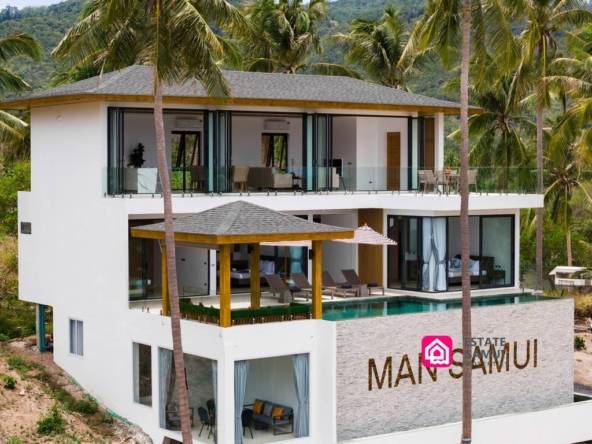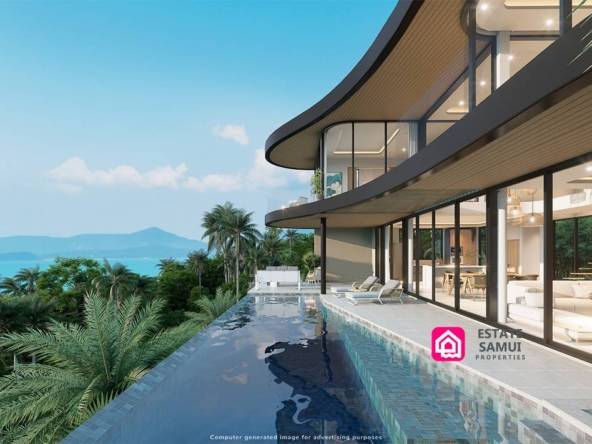Public Hearings and Stakeholder Engagement
The Expressway Authority of Thailand (EXAT) has initiated a series of public hearings to assess the viability and environmental impacts of the proposed Koh Samui bridge. These sessions, held in Nakhon Si Thammarat, Surat Thani, and Koh Samui, are vital for engaging local communities, business owners, and environmental experts. Their input is crucial for selecting the most suitable route for the bridge, which could either connect Koh Samui to Don Sak in Surat Thani or to Khanom in Nakhon Si Thammarat
Please note that the conceptual graphic shown above is an AI generated concept.
Environmental and Engineering Considerations
The Koh Samui bridge is being designed with a focus on minimizing its environmental impact. The structure will be a combination of cable-stayed and beam bridge designs, allowing large vessels to pass underneath without obstructing maritime traffic. With plans to withstand strong winds, earthquakes, and possible collisions, the bridge ensures both environmental protection and structural safety
Why Build a Koh Samui Bridge to the Mainland?
This bridge project is expected to be a game-changer for the region. By improving access to Koh Samui, the bridge will support the island’s booming tourism industry and streamline the transport of goods. Currently, Koh Samui can only be accessed by air or ferry, both of which are limited by capacity. The bridge will provide a new overland route, enhancing accessibility and reducing travel time
Project Timeline and Financial Considerations
The project is expected to cost around 40 billion baht, with 31.4 billion set aside for construction and the rest for land acquisition. Public feedback and environmental impact studies are scheduled to conclude by 2026, with construction set to begin in 2029. If all goes according to plan, the bridge will be operational by 2033.




